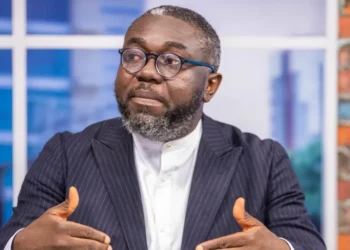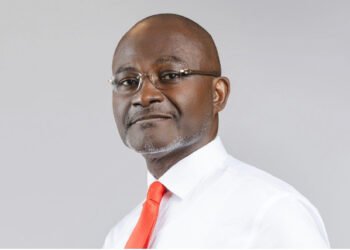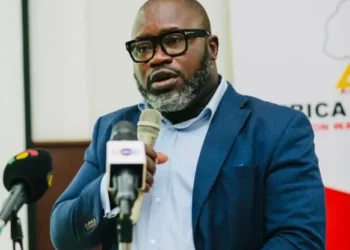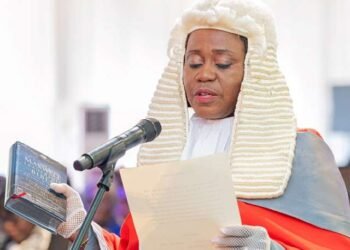Ghana’s ambition to position itself as a digital trailblazer in Africa has come under scrutiny, following revelations by IMANI Africa’s Vice President, Bright Simons, that the country’s 5G rollout is in disarray.
According to Simons, the government’s strategy of centralizing infrastructure through a single state-backed entity, the Next-Gen Infrastructure Company (NGIC), has hindered progress and resulted in Ghana having a zero percent 5G penetration rate by 2025.
In 2023, the previous government halted all telecom-led 5G deployments across the country. MTN Ghana, which had already commenced installation of 1,322 sites, was ordered to cease operations.
“The government said it didn’t want any telco to dominate in 5G like it happened with 4G. So, instead, a new entity called NGIC would build the 5G cell sites and lease them out to the telcos”
Bright Simons, Vice President of IMANI Africa
The logic, however, failed to hold under scrutiny. Simons noted that for both 3G and 4G, tower leasing firms already exist and serve multiple telcos without preventing larger players from gaining advantage through higher investments.
“Richer companies can simply lease more sites,” he argued, undermining the justification for NGIC’s monopoly.

Despite IMANI Africa publishing essays debunking claims that global tech giants such as Reliance and Nokia were partners in NGIC, the policy moved ahead unchallenged. Simons lamented what he described as “a kind of bipartisan arrangement” that allowed a “shadowy creature called NGIC” to obtain monopolistic rights with little resistance.
“What is even more damning is that despite the original pledge to build 4,400 cell sites by 2028 – with 750 targeted for the end of 2025 – the government has managed to complete only 16. 16!.
“The new ICT Minister has now revised the target to 50 5G sites by the end of 2025. 50 out of the 3-year target of 4,400. What a joke!”
Bright Simons, Vice President of IMANI Africa
The implications are staggering. While Kenya boasts nearly 2,000 5G sites, with Safaricom alone accounting for 1,200, and Senegal’s capital Dakar enjoys near-universal 5G coverage, Ghana lags far behind. South Africa leads the continent with about 50% 5G population coverage.
Even Togo launched its 5G network in 2020, putting Ghana at the back of the regional pack.
“Ghana, which was forecast by GSMA to hit 20% 5G penetration this year, can only boast a total penetration of zero percent. Nearly a third of African countries are now expected to overtake Ghana in 5G coverage in 2025″
Bright Simons, Vice President of IMANI Africa

The failure has sparked questions about Ghana’s commitment to its digital transformation goals under President Mahama’s administration. While the current government inherited the NGIC model from its predecessor, critics like Simons are disappointed that no steps have been taken to reverse course or revise the flawed policy direction.
“Just as expected, the new government is reluctant to fix the clear policy mess,” he emphasized.
Simons attributed the entire episode to what he calls Ghana’s “katanomic curse,” a term he has frequently used to describe misguided, opaque economic policymaking driven by political and corporate elite interests.
He maintained that without a paradigm shift away from such opaque and centralized models, Ghana risks further regression in its quest to digitize and modernize. “Why has Ghana, which has long considered itself a digital pioneer in Africa, bungled its 5G policy so spectacularly?” he asked.
As the world moves toward more connected economies, the cost of delay could be high for Ghana, especially as other African nations accelerate their 5G expansions. The government’s next steps will determine whether the country can recover from what is now widely seen as a self-inflicted digital derailment.
READ MORE: Ghana Declares Eban-Akoma Oil Discoveries Commercially Viable























